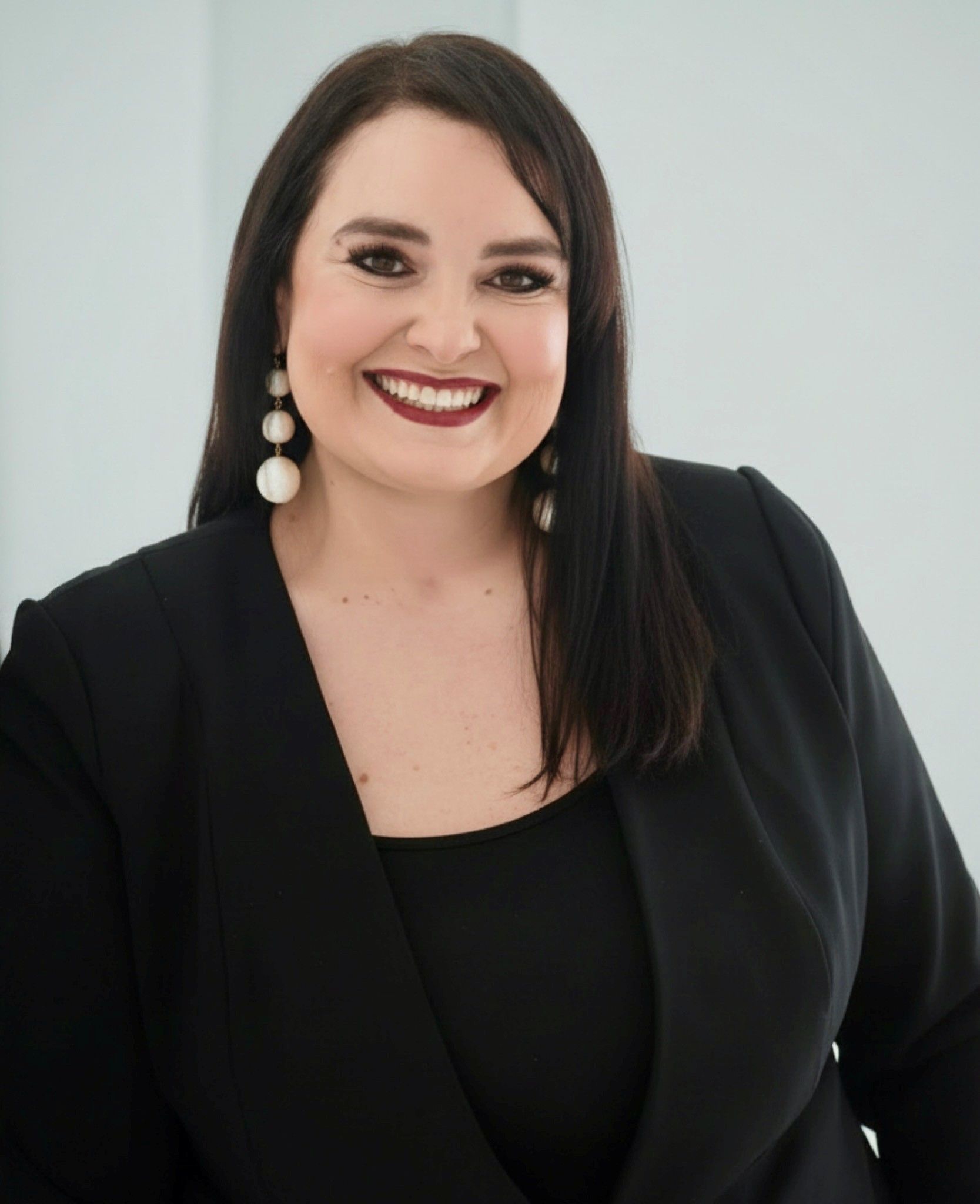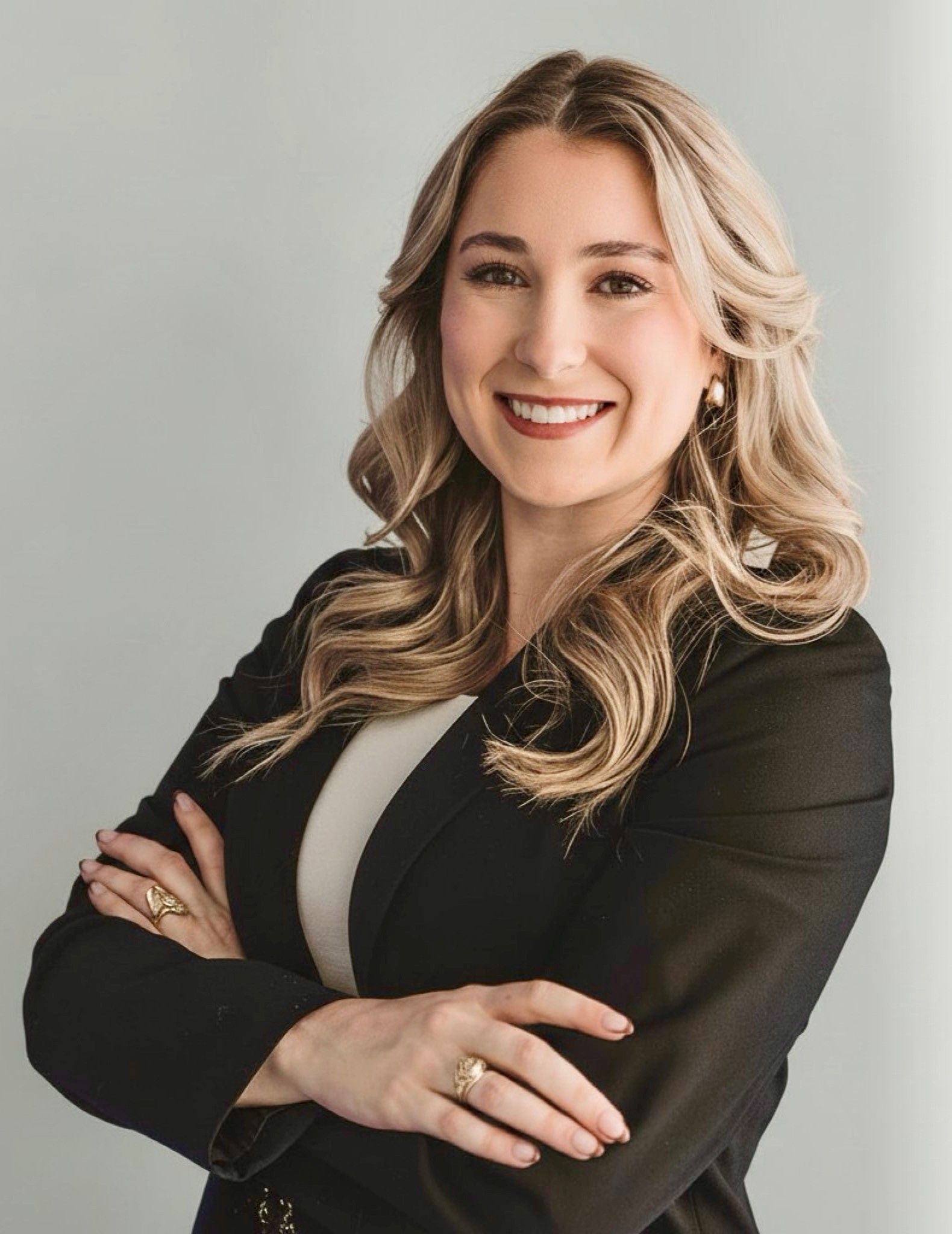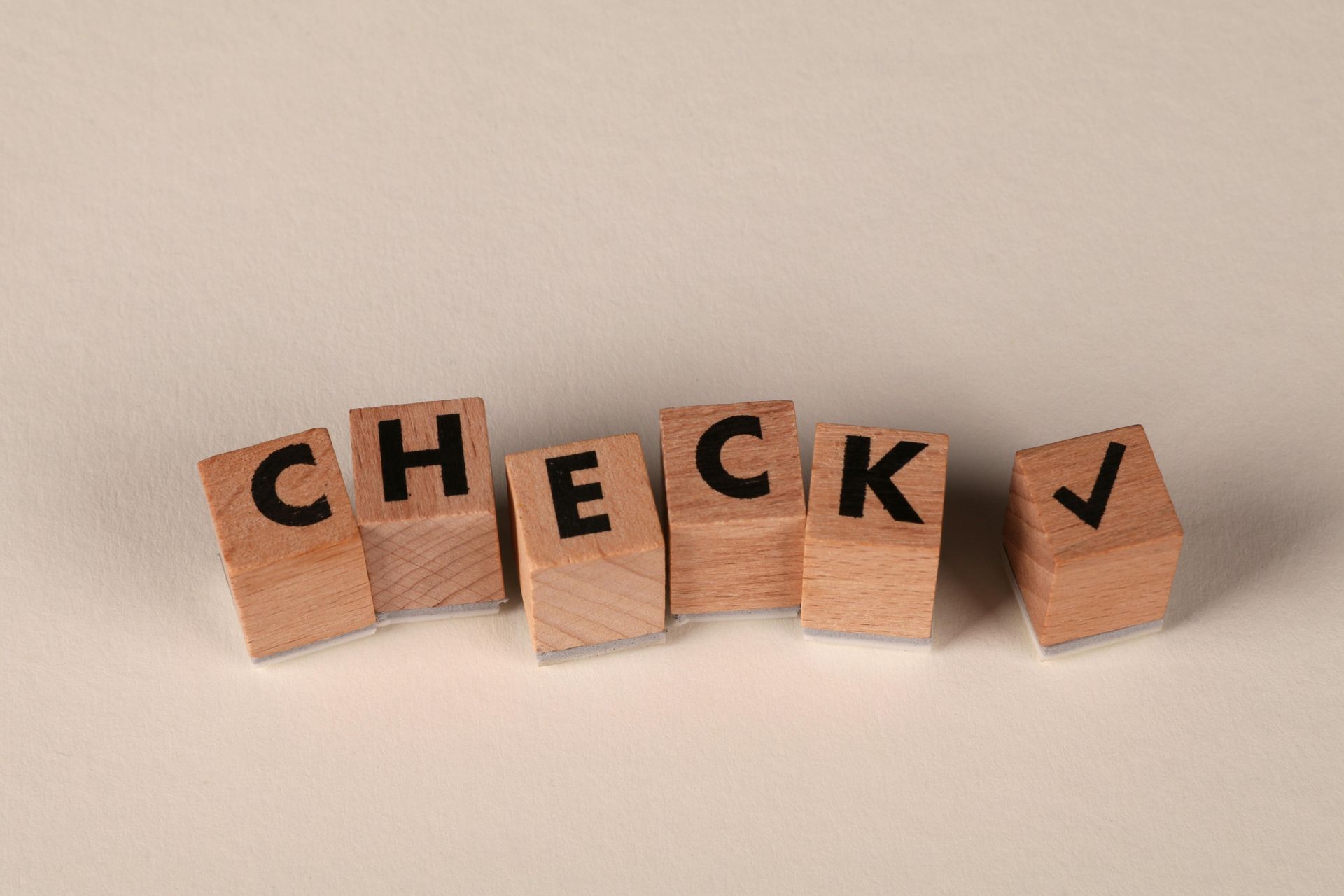How To Prove The Relatedness Of The Goods Or Services
ATTORNEYS IN DALLAS
How to conduct a likelihood of confusion analysis, considering factors such as similarity of trademarks, relatedness of goods or services, overlapping marketing methods, natural extensions, complementary goods, and the importance of accurately specified identification of goods or services in applications or registrations.
How To Prove The Relatedness Of The Goods Or Services
When conducting a likelihood of confusion analysis, the two primary factors of importance are the similarities between the trademarks and the relatedness of the goods or services. Generally, determining the similarity or dissimilarity of trademarks is relatively straightforward, while assessing the relatedness of goods or services poses a more challenging task. This page aims to provide guidance for evaluating the relationship between a junior trademark user and a senior trademark user when assessing goods and services.
Several significant factors should be taken into account. The first factor is whether other companies offer both your goods or services and the goods or services of the cited third party under the same mark. If this is the case, it suggests that consumers are likely to perceive that the goods and services originate from a single source, supporting a view of confusion. There are multiple ways to present this evidence, such as providing declarations or affidavits stating relevant facts, introducing third-party registrations into the record, or presenting evidence of internet websites or third-party advertisements demonstrating the sale of the junior and senior users' goods under the same trademark.
The second factor to consider is the marketing methods employed by the junior and senior users. If the classes of purchasers overlap, it strengthens the likelihood of confusion. The third factor involves assessing whether the junior user's goods or services are a natural extension of the senior user's goods or services. If this is the case, it weighs in favor of the senior user. Another factor to consider is whether the junior user's goods are complementary to the senior user's goods. For instance, the Trademark Trial and Appeal Board has determined that yogurt and cereal are complementary goods because consumers are likely to consume them together at breakfast or use cereal as a topping for yogurt. The recognition of complementary goods or services supports a finding of confusion. If it is determined that the goods or services are unrelated, the likelihood of confusion decreases.
One of the most crucial factors in this analysis is the identification of goods or services specified in the trademark application or registration. Applicants often attempt, albeit unsuccessfully, to avoid a likelihood of confusion by relying on a restriction that is not reflected in the identification of goods. Arguments regarding claimed limitations will carry no weight if the limitations are not explicitly stated in the application or registration, regardless of any information in the record regarding the nature of the goods and services.
Contact an Experienced Trademark Attorney
If you need legal advice regarding your trademark rights, assistance with trademark prosecution, or representation in a domain name dispute, contact Wilson Whitaker Rynell. Our team of trademark lawyers has extensive experience in all aspects of trademark and copyright law, including the filing of trademark applications and representing clients in defense or prosecution before the Trademark Trial and Appeal Board.
- 66(a) Applications
- Abandoning a Trademark Application or Withdrawing a TTAB Proceeding
- Abandonment and Nonuse
- Abbreviations as Trademarks
- Accelerated Case Resolutions
- Acquired Secondary Trademark Meaning
- Amending Trademark Application
- Assigning a Trademark
- Assigning a Trademark and the Intent to Use Application
- Avoiding Fraud on Trademark Applications
- Avoiding Trademark Litigation
- Basis for Filing a Trademark
- Benefits of Registering a Trademark
- Bona Fide Intent to Use
- Celebrity Trademarks
- Challenging the Relatedness Factor
- Challenging Trademark Rights
- Claims in a Notice of Opposition
- Co-Existence Agreements
- Common Law Trademarks in the Internet Era
- Common Law Use and Priority
- Conflicting Marks
- Consent Agreements
- Constructive Use Priority
- Dates of Use
- Defenses in Opposition and Cancellation Proceedings
- Descriptive or Generic Trademarks
- Design Marks
- Design Trademarks
- Determining Trademark Similarities
- Discovery in TTAB Proceedings
- Dividing a Trademark Application
- Drawing Page
- Electronic Display Specimens for Trademarks
- Evidence in TTAB Proceedings
- Evidence of Acquired Distinctiveness
- Expediting Trademark Cancellation for Nonuse or Abandonment
- Extending Time to Oppose
- Factors of a Likelihood of Confusion Analysis
- False Suggestions of Connection
- Famous Trademarks and Likelihood of Confusion and Dilution
- Filing an Opposition or Cancellation Proceedings
- First Sale Doctrine
- Five Years of Use
- Foreign Trademark Rights
- Generic Trademarks
- Geographic Trademarks
- Hiring Trademark Counsel
- Immoral and Scandalous Trademarks
- Incontestability of U.S. Trademarks
- International Trademark Filings
- Joint Trademark Ownership
- Lawful Use of a Trademark in Commerce
- Likelihood of Confusion Analysis
- Likelihood of Confusion Refusal
- Merely Descriptive Trademarks
- Multiple Bases for a Trademark Application
- Overcoming and Ornamentation Trademark Refusal
- Personal Name Trademarks
- Principal and Supplemental Registers
- Protecting Single Creative Works
- Recording Trademark Assignments
- Refusal of a Trademark
- Refusing a Trade Dress Application
- Registering a Certification Trademark
- Registering a Service Mark
- Registering a Trademark That Lacks Inherent Distinctiveness
- Registering an International Trademark
- Relatedness of Goods or Services
- Request for Reconsideration in Trademark Office Action
- Requirements for International Trademark Application
- Revive an Abandoned Trademark Application
- Secondary Meaning
- Source Confusion
- Special Trademark Applications
- Standard Character and Special Format Marks
- Standing in Opposition and Cancellation Proceedings
- State Trademark Registration
- Statement of Use Extensions
- Tacking Doctrine
- Technical Trademark Use
- The Supplemental Register
- Trade Dress
- Trade Dress Application
- Trademark Application
- Trademark Clearance Searches
- Trademark Disclaimers
- Trademark Licensing
- Trademark of Authors, Performing Artists, and Characters
- Trademark Ownership
- Trademark Protection In Texas
- Trademark Settlements
- Trademark Specimens
- Trademark Specimens
- Trademark Use by Related Company
- Trademark Use in Advertising
- Trademark Use in Commerce
- Trademarking a Distinctive Mark
- Trademarking a Hashtag
- Trademarks for Musical Artists
- TTAB Discovery Rules
- TTAB Proceedings
- U.S. Service Mark
- U.S. Trade Dress
- Understanding Trade Channels
- Unitary U.S. Trademark
- Universal Symbols as Trademarks
- Using Secondary Sources
- What is an Ex Parte Appeal?
- Where to Register a Trademark
- Who Must File a Trademark?
CLIENT MATTERS
5,000+
YEARS OF SERVICE
25+
Award Winning
Recognized in the legal industry as dedicated board-certified lawyers and Rising Stars.
Expert Team
Your project will be handled by legal experts every time. You will have the most experienced attorneys working for you.
Quality Representation











